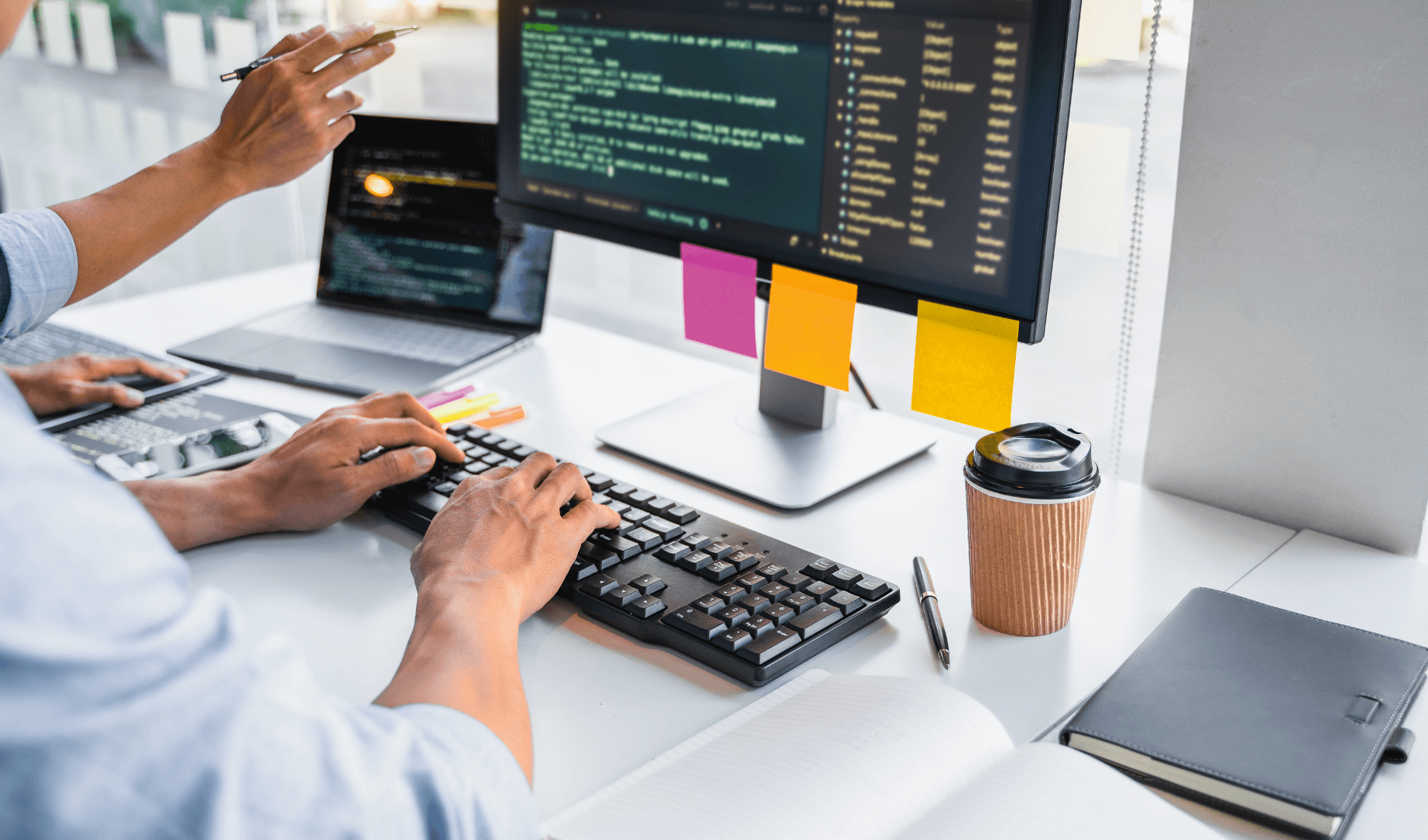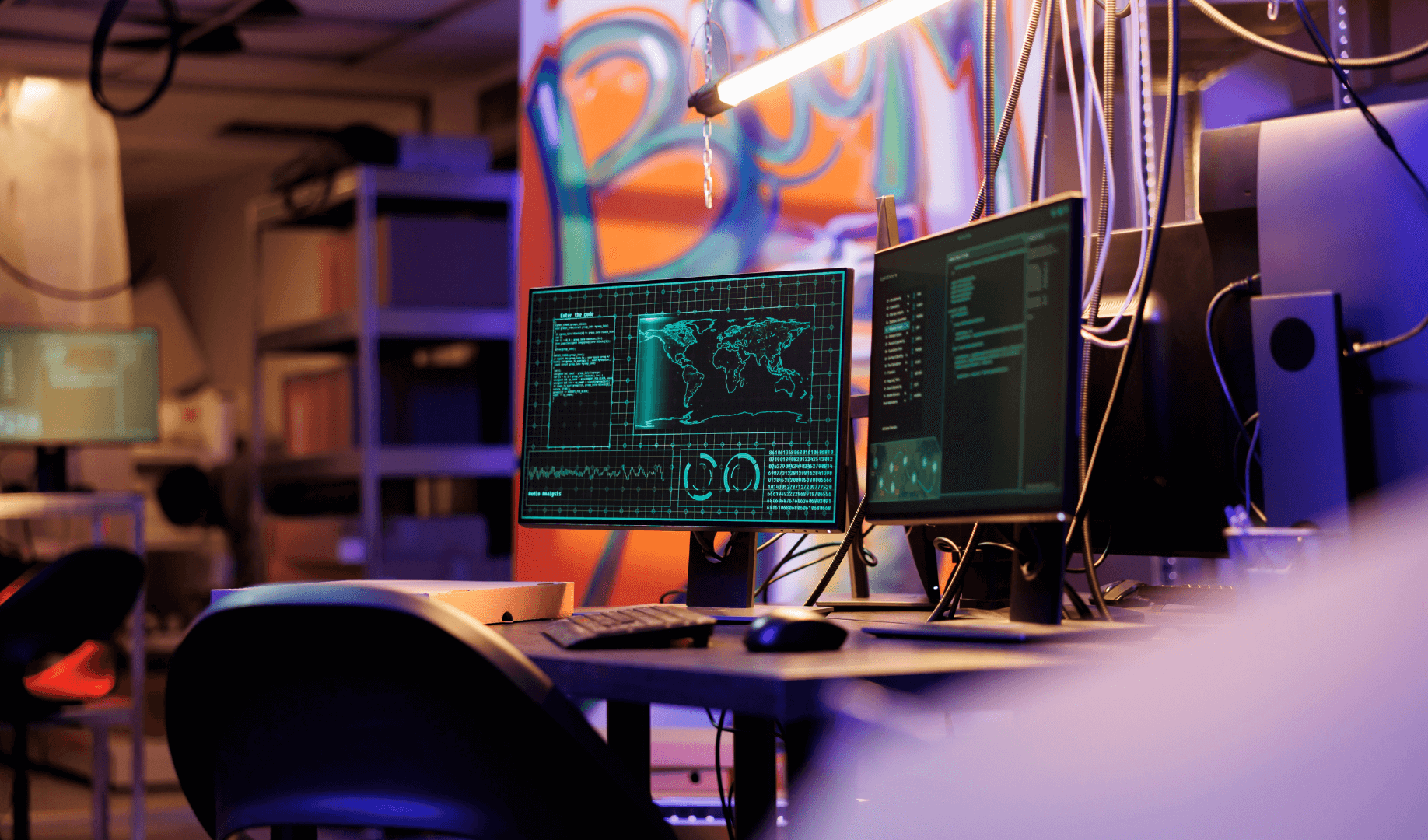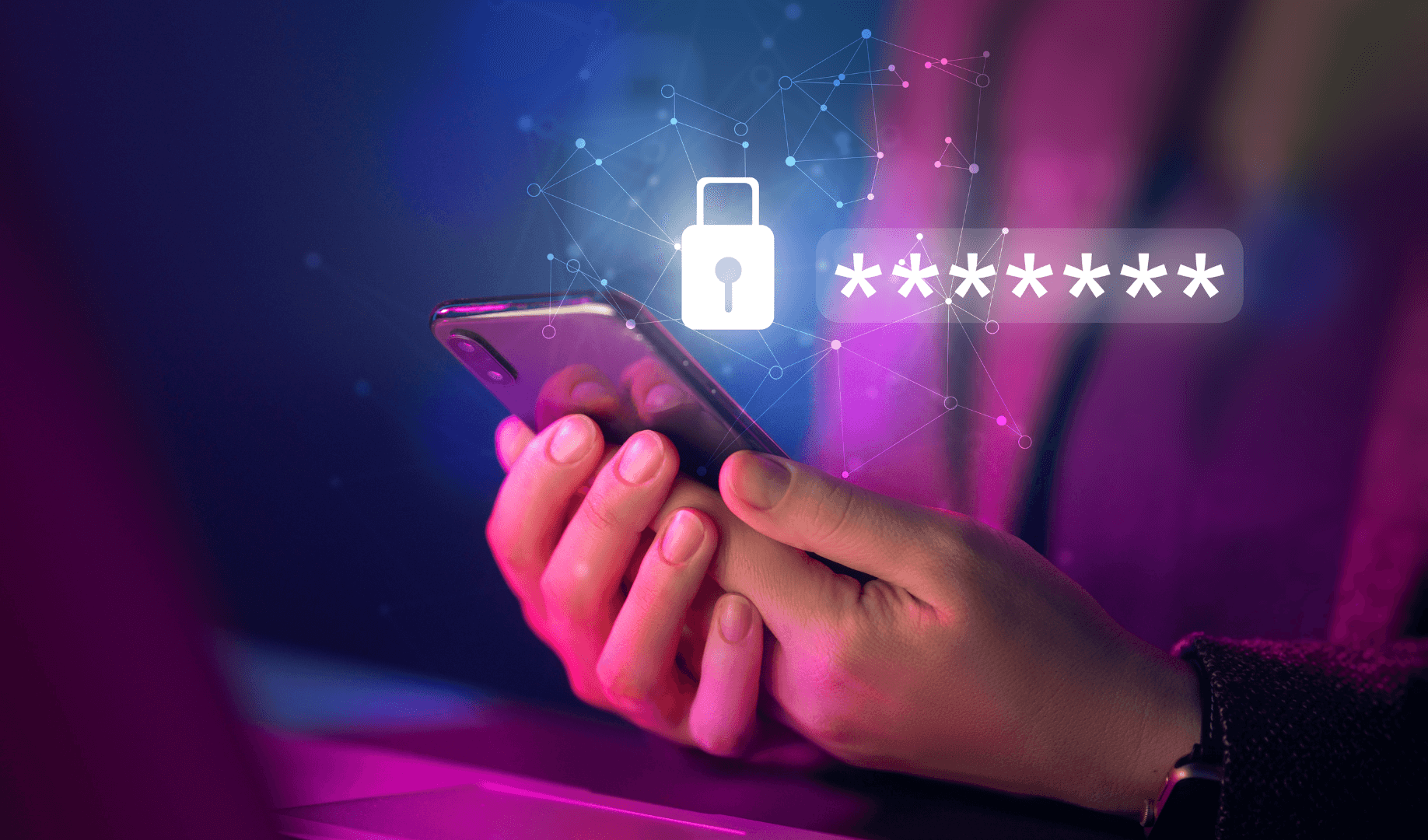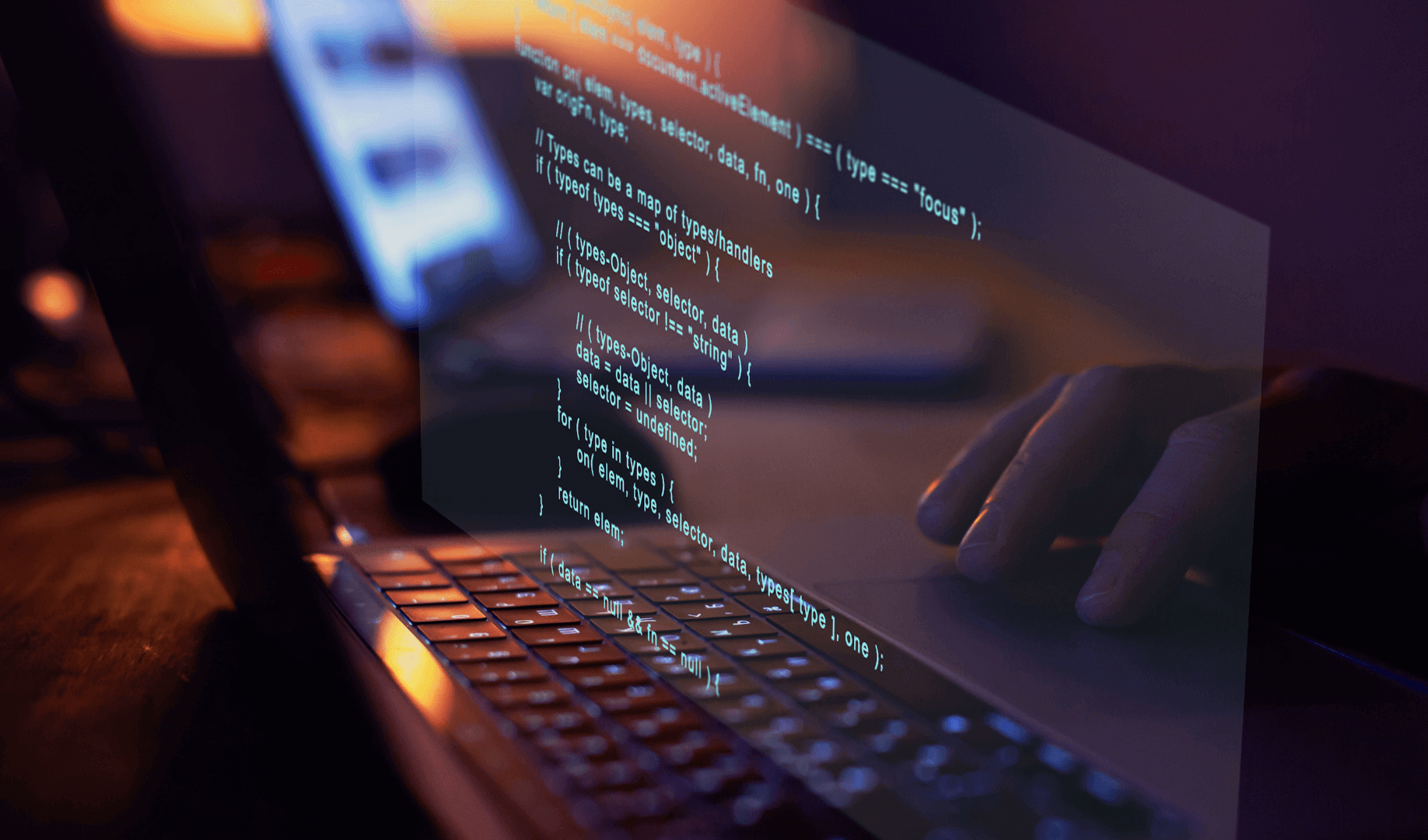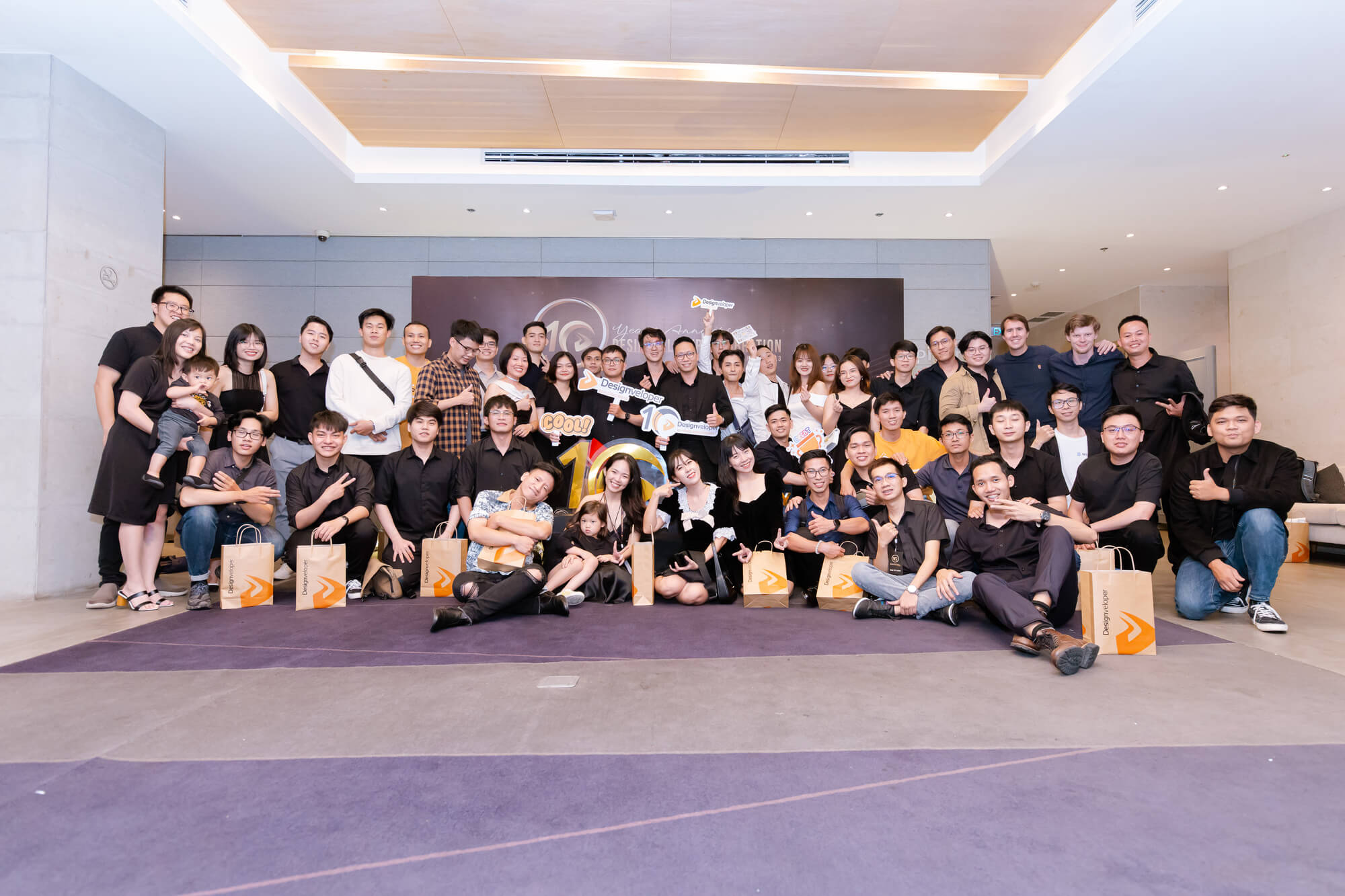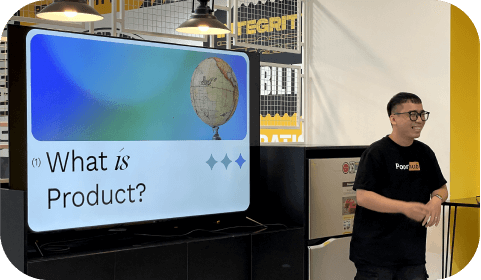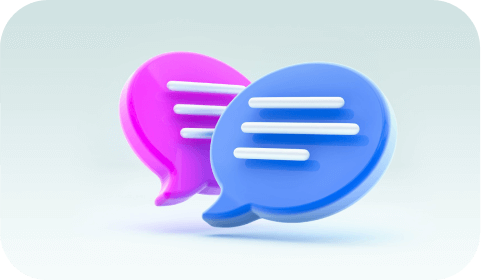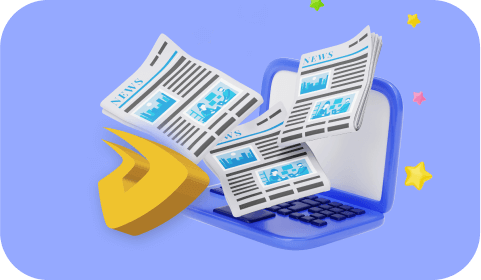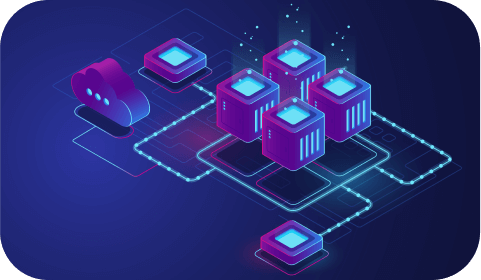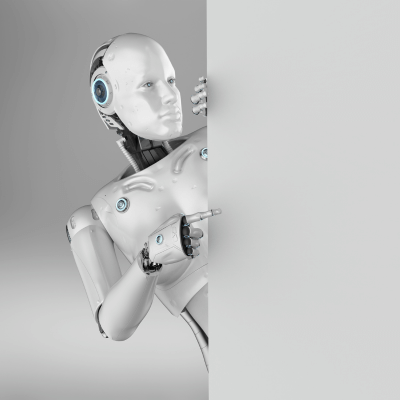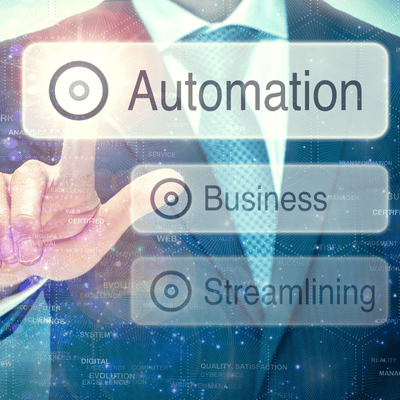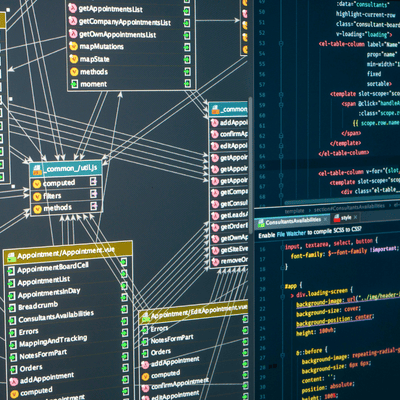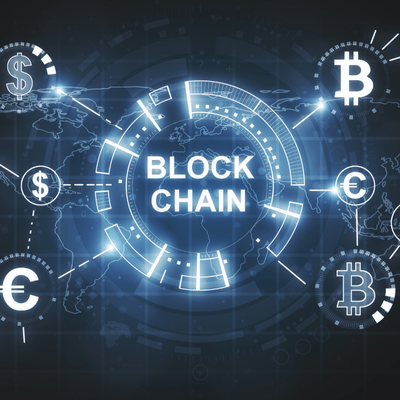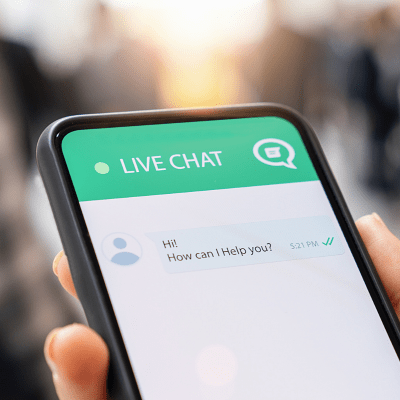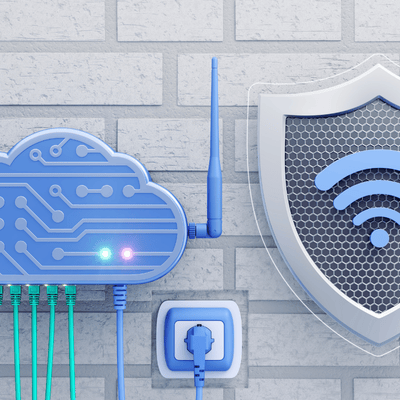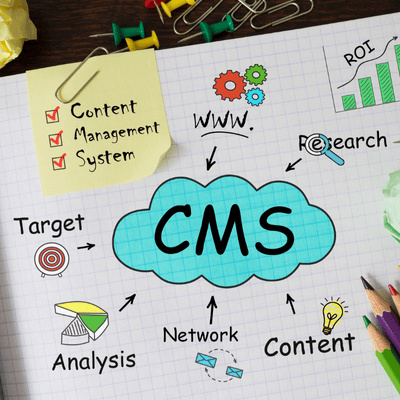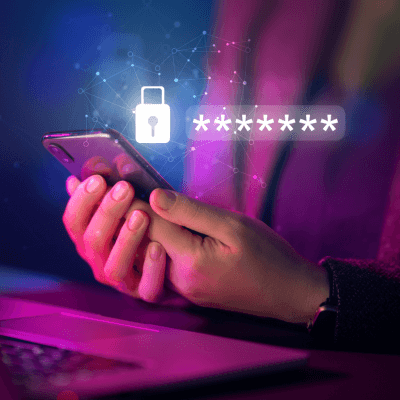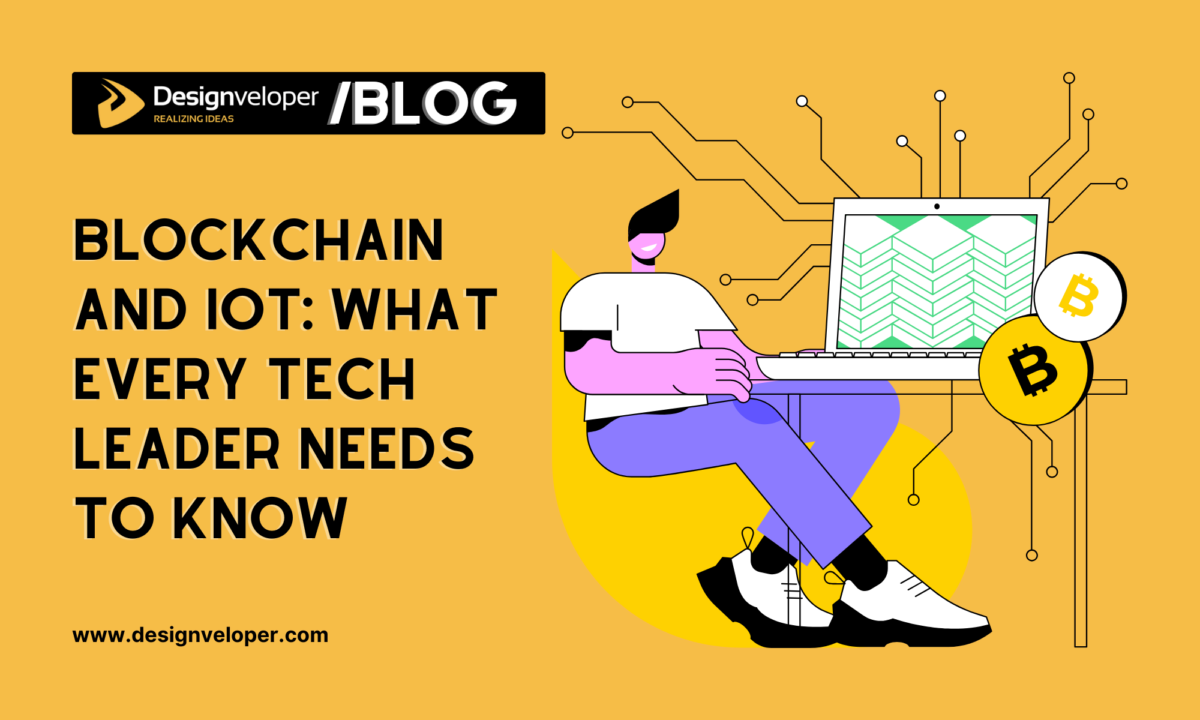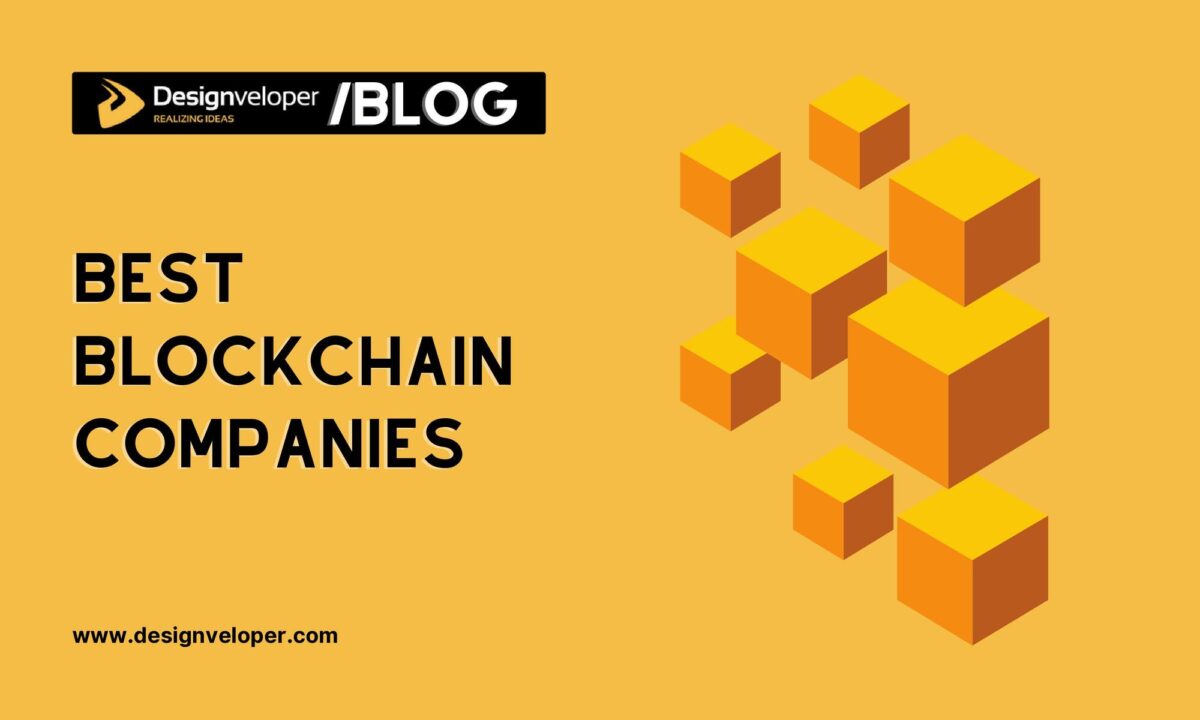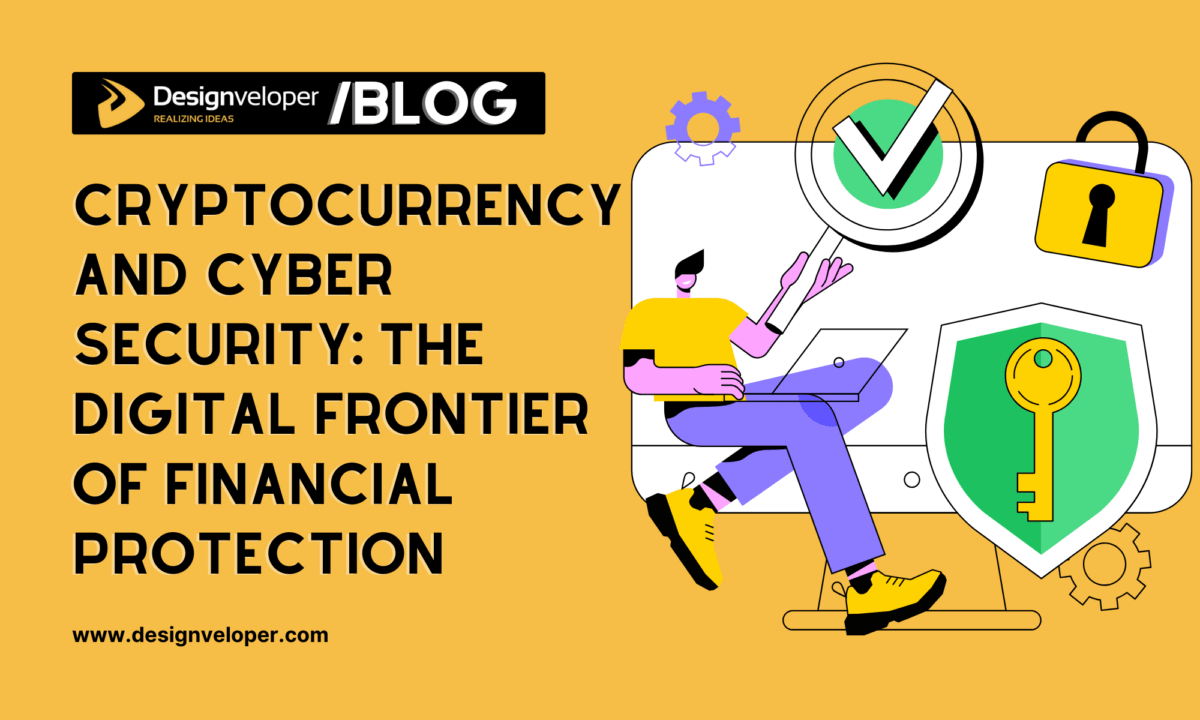Blockchain and IoT: What Every Tech Leader Needs to Know
April 15, 2025
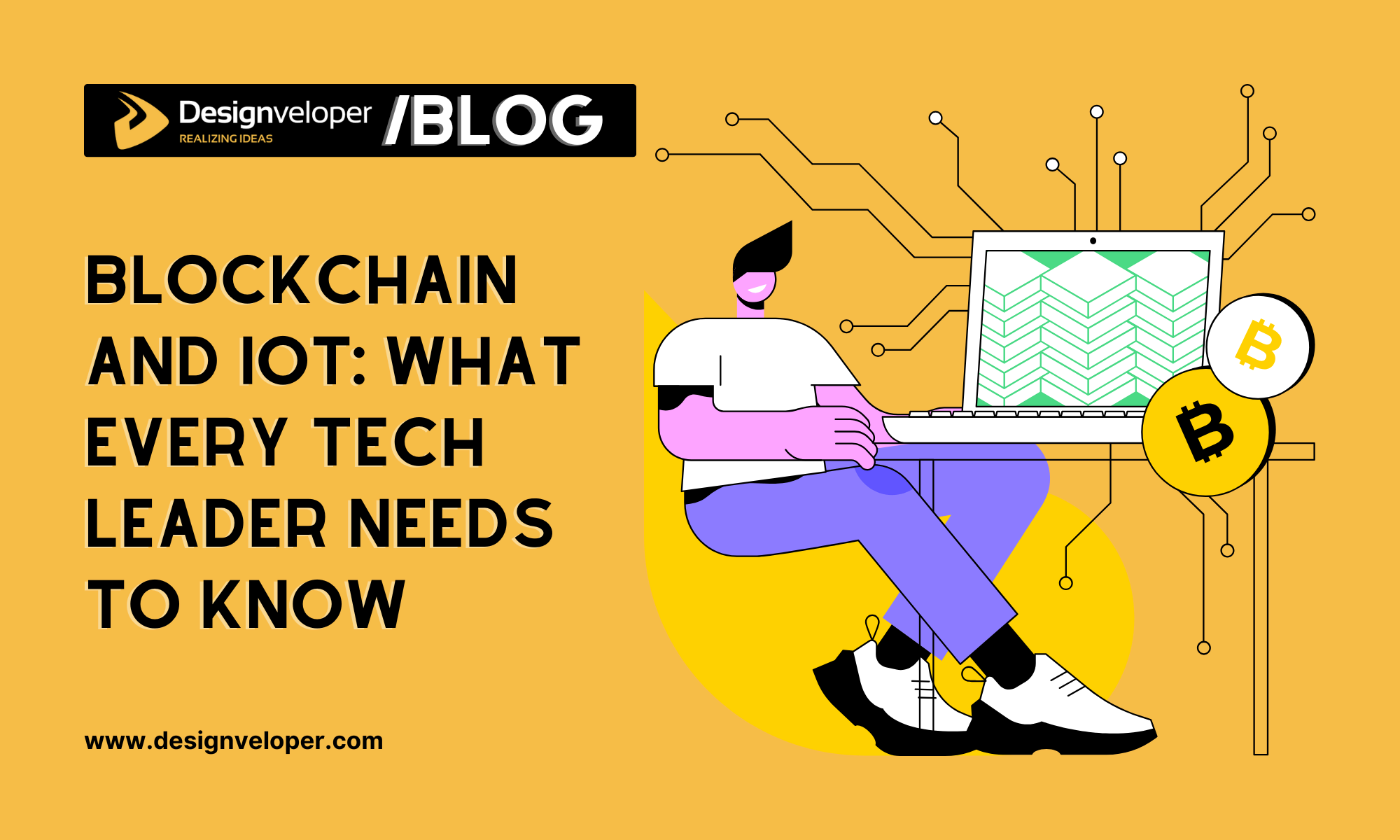

Connected devices are growing rapidly in the global landscape. According to predictions, by the end of 2024 the number of connected IoT devices will reach 18.8 billion, which is 13% more than last year. The significance of the Internet of Things (IoT) in industries is becoming more significant as seen with this surge. Among them, the connection between blockchain and IoT is worth noting.
At the same time, the presence of blockchain technology is growing massively. According to a research report, the global blockchain market size is expected to grow from $7.4 billion in 2022 to $94.5 billion by 2027, at a compound annual growth rate (CAGR) of 66.2 % during the forecast period. This trajectory of blockchain’s growth shows how very much we have into blockchain adoption currently.
But there are certain challenges with this type of integration. There are still scalability challenges when it comes to blockchain networks since the blockchain networks must effectively deal with huge amounts of data from IoT devices. This is being worked on by designing new consensus mechanisms and layer 2 solutions . Further, interoperability among different blockchain networks creates unique security issues for organizations to cope to shield their assets and data.
Tech leaders must learn the integration of blockchain and IoT for compatibility. The acceptance of this integration enables it to strengthen its security, to improve operational efficiency, and to create new business models. As digital advances progress, knowledge on these technologies will be of vital importance to continue to gain the edge.
How Blockchain Enhances IoT Systems
Combination of IoT and blockchain changes how the device communicates and secures data. With the estimated amount of connected IoT devices projected to reach 18.8 billion by this year’s end, it becomes critical to ensure that the data such devices generate are secured and kept intact.
Securing Device-to-device Communication
One of the significant challenges in the rapidly increasing Internet of Things (IoT) environment is to secure device to device communication. At the end of 2024, more than 18.8 billion connected IoT devices were projected to be in place, and it is essential that secure and reliable communication between these devices should be guaranteed. This problem can be solved by the integration of blockchain and IoT.
The security of the IoT is improved by the blockchain technology, which gives a decentralized and immutable ledger for recording of transactions. This way data exchanged between IoT devices is tamper proof and verifiable and reduces risk of unauthorized access and data breaches. When applying to smart home environments, blockchain can primarily secure communication between devices (smart locks, thermostats, etc.) or protect their data from unauthorized control and guarantee user privacy.

Also, since the blockchain is decentralized, there is no single point of failure, making the IoT network more secure against cyberattacks. Blockchain leverages the power of consensus mechanisms to make sure only validated data is added to the ledger, which keeps the data integrity in the entire network. This is relevant to sectors like supply chain management that require real time ability of tracking provenance and condition of goods. Through blockchain much can be monitored such as temperature and humidity, but more importantly blockchain provides an immutable record of the journey of the product .
Creating Tamper-proof Audit Trails for Data
Another essential thing to note is the need to create tamper-proof audit trails to provide data integrity guarantees in IoT systems. By integrating blockchain and IoT, organizations can achieve immutable records of data exchanges, enhancing transparency and trust across various sectors.
In supply chain management, combining blockchain and IoT technologies allows for real-time tracking of products. IoT sensors collect data on the conditions of the products and record this data through blockchain that safeguards this information in a ledger that is unalterable and truly secure. The integration of this feature ensures that every transaction and movement is documented transparently, thereby lowering the chances of fraud or errors in transactions. For example, monitoring of temperature, humidity of perishable products in their transit is carried out for the purpose of conformity to safety standards.
In the financial sector, the adoption of blockchain and IoT enhances the accuracy and security of transaction records. Blockchain proves to be useful to financial institutions who can leverage the immutable ledger to keep precise records of transactions, as well as IoT devices that provide real time data on asset conditions. This combination helps in risk management and ensures meeting regulatory requirements.
Healthcare systems also benefit from the integration of blockchain and IoT. This patient data is sent by medical IoT devices, stored on a blockchain in a tamper proof way and accessed only by people with permissions. Like this, patient privacy is enhanced, and the reliability of medical records.
Real-world Example: IBM & Maersk’s Logistics Chain
IBM and Maersk’s collaboration on the TradeLens platform showcased the practical integration of blockchain and IoT in global logistics. TradeLens, launched in 2018, sought to digitize the shipping industry by offering real‐time access to shipping data and documents to make supply chain processes more transparent and efficient.
Using the IoT devices, it collected data about cargo conditions like temperatures, GPS and stored them on a blockchain ledger. This combination made sure that all parties were able to work with a single source of truth with no more disputes, and more trust between parties. For example, during its initial phase, TradeLens captured over 154 million shipping events, growing by one million per day, demonstrating the scalability of integrating blockchain and IoT technologies.
Despite all its technological capabilities, TradeLens was not able to achieve widespread industry uptake. In late 2022 IBM and Maersk revealed that the platform had been scrapped due to lack of full global industry collaboration preventing it from becoming commercially viable.
The TradeLens initiative underscores both the potential and the challenges of implementing blockchain and IoT solutions in complex, multi-stakeholder environments. Even though the platform was phased out, the insights were retained to be applied in future supply chain digitization.
Key Use Cases of Blockchain and IoT in 2025
The convergence of blockchain and IoT is reshaping industries by enhancing transparency, security, and operational efficiency. By 2025, the blockchain IoT market is likely to reach a value of approximately $1.2 billion and by 2034 the market is expected to reach around a value of $74.8 Billion, with a compound annual growth rate (CAGR) of 58.21 %.
Smart Supply Chains with Real-time Tracking
Smart supply chains are undergoing a significant transformation through the integration of blockchain and IoT, enabling real-time tracking and enhanced transparency. Continuous data is generated by IoT devices (i.e., GPS sensors and RFID tags) as they collect location, temperature and condition of goods. The data is then securely recorded to a blockchain ledger to avoid any change and to be accessed by all the concerned stakeholders. With these, it becomes easy to track your products all through without any delay and hence loss due to spoilage or theft.

The adoption of blockchain and IoT in supply chains is accelerating. Industry investment in these technologies is rising and according to a report the global demand for blockchain supply chain market is set to expand at a compound annual growth rate (CAGR) 39.19% from 2024 to 2032. Home Depot and Unilever have utilised blockchain to better assist with supplier dispute resolution and ethical sourcing respectively.
We can see major players like FedEx and DHL use IoT enabled shipment tracking systems to track the shipment in real time. The information from these systems can include location, temperature and security and this can help to take proactive action relating to potential problems. For example, customers enable real time visibility and product integrity when using FedEx SenseAware® platform for sensitive shipments.
The synergy of blockchain and IoT in smart supply chains not only enhances operational efficiency but also builds trust among consumers and partners by providing transparent and tamper-proof records of product journeys. Integrated with these technologies, these will become more essential for businesses wishing to stay competitive and resilient in their supply chains in 2025 and beyond.
Energy Grids with Decentralized Transactions
Already electricity is being generated, distributed, and consumed differently from how it was done before, in decentralised energy grids. By integrating blockchain and IoT, these grids enable secure, transparent, and efficient energy transactions. This combination enables prosumers —people who both generate and consume electricity—as well as other consumers to immediately trade surplus electricity with each other and diminish reliance on centralized utilities and grid resilience.
The quickest growing sector in the global blockchain in the energy market is adoption. The compound annual growth rate (CAGR) of the global virtual reality market in terms of value is projected to reach 41.6 % , and is valued at USD 3.1 billion in 2024 and expected to reach USD 90.8 billion by the end of 2034 . Increasingly, renewable energies are being adopted, and hence the need for efficient energy management systems provides the impetus for this expansion.
The real time data related to the production and the consumption of energy is gathered by IoT devices like smart meters and sensors. The blockchain ledger records this data to be transparent and not to tamper with the data input. For instance, in Germany, a couple of blockchain based platforms enable peer to peer energy trading where houses with solar panels can sell unused energy to neighbours .
Utilities are also exploring blockchain and IoT to optimize grid operations. With smart contracts, energy transactions can be automated and many of those operational costs can be cut out and efficiency can be improved . Additionally, this approach facilitates integration with distributed energy resources, such as rooftop solar panels and battery storage systems that are tied into the grid.
Healthcare Monitoring with Patient Data Integrity
Healthcare systems are increasingly adopting blockchain and IoT technologies to enhance patient monitoring and ensure data integrity. By 2025, wearable devices will make up almost a fifth of all global health transactions supported by blockchain.
Wearable health monitors are IoT devices that collect real time patient data. This data is required and can be integrated with a blockchain to be stored securely and tamper proof. The combination allows healthcare providers to be able to view real and current information improving the care of the patients.
For instance, the MedRec platform, developed at MIT, leverages blockchain to keep a track of electronic medical records viewing them only by relevant people. Estonia’s healthcare system also uses blockchain to protect patient records and give patients the power of who accesses it.
Furthermore, more than 35 percent of health insurers are backing blockchain blockchain blockchain solutions to protect and process data coming from wearable devices and thwart fake claims . This trend indicates a growing trust in the capabilities of blockchain and IoT to safeguard sensitive health information.
By leveraging blockchain and IoT, healthcare providers can ensure the integrity of patient data, enhance monitoring capabilities, and build trust with patients through improved data security.
FURTHER READING: |
1. IoT Security Risks and How to Prevent Them |
2. IoT Infrastructure Guide for Beginners in 2025 |
3. 15 Best IoT Companies to Partner With in 2025 |
Action Steps for Tech Leaders
The convergence of blockchain and IoT is reshaping industries by enhancing transparency, security, and operational efficiency.
Pilot Small-scale Blockchain-IoT Integrations
Tech leaders aiming to integrate blockchain and IoT technologies should begin with small-scale pilot projects. These integrations can be tested in terms of their feasibility and effectiveness through this approach before making commitments towards deploying these on a large scale.
For instance, in the logistics sector, a pilot project involved using IoT-enabled asset tracking devices combined with blockchain to monitor environmental conditions of perishable goods during transit. The factors included temperature, location, and were recorded on a blockchain ledger safely on these devices to ensure transparency and traceability across the supply chain.

Similarly, in water management, small-scale implementations of blockchain and IoT have been successful in regions facing water scarcity. This is about how these projects used IoT sensors to watch over water usage and quality while blockchain guaranteed that data remains accessible and unchangeable. However, such pilots have shown that these technologies have the potential to tackle some of the critical resource management challenges.
By starting with targeted pilot projects, organizations can assess the benefits and challenges of integrating blockchain and IoT, gather valuable insights, and make informed decisions about scaling up these technologies within their operations.
Invest in Talent Familiar with Both Technologies
Tech leaders aiming to integrate blockchain and IoT technologies should prioritize investing in talent proficient in both domains. Because of the significant shortage projected in 2025, the demand for professionals in these areas is rapidly escalating. The shortage is a major problem among businesses leading to a challenge in innovation and growth across different sectors.
In order to handle this, different techniques can be utilized by organizations.
- Upskilling Existing Staff: Encourage current employees to pursue certifications in blockchain and IoT through reputable programs. Not only that, but also the same approach fills skill gaps and improves employee retention and engagement.
- Strategic Hiring: Focus recruitment efforts on candidates with demonstrated experience in both blockchain and IoT. This may involve targeting professionals with backgrounds in cybersecurity, data analytics, and cloud computing, as these areas often overlap with blockchain and IoT applications.
- Partnerships with Educational Institutions: Collaborate with universities and training centers to create syllabus according to the industry demand to keep the flow of qualified candidates steady.
By proactively investing in talent development and acquisition, tech leaders can position their organizations to effectively leverage the combined potential of blockchain and IoT, driving innovation and maintaining a competitive edge in the evolving technological landscape.
Monitor Global Standards like ISO/IEC for IoT Blockchain
Tech leaders must stay informed about evolving global standards that govern the integration of blockchain and IoT technologies. These standards self to interoperability and security and comply with internationally adopted best practices.
Among these, ISO/IEC 30165:2021 is one such pivotal standard that defines the framework for such real‐time IoT systems. In many IoT applications timing constraints are essentially important to answer in response to real world circumstances in a timely manner and this standard provides a rich framework toward this end. Following this framework helps organizations make IoT systems efficient and dependable.
ISO/IEC 17825:2024 is another important standard aimed at presenting security techniques for cryptographic modules. It offers the methods for testing to circumvent the non-invasive attacks and to make the cryptographic components in IoT devices robust. Adherence of this standard aids in secure transmission of sensitive data across the IoT network.
In addition, ISO/IEC 19790:2025 and ISO/IEC 24759:2025 have been revised to tackle the changing environment of cryptographic security. These standards offer guidelines for the security requirements and testing methodologies of cryptographic modules, which are essential for protecting data integrity in blockchain and IoT systems.
By actively monitoring and implementing these global standards, tech leaders can ensure that their blockchain and IoT integrations are secure, compliant, and poised for future advancements.
Conclusion
The convergence of blockchain and IoT is reshaping industries by enhancing transparency, security, and operational efficiency. By 2025, the blockchain IoT market is expected to be around $1.2 billion and is anticipated to rise at a CAGR of 59.21% and reach $74.8 billion by 2034.
The demand for secure and transparent data transactions across different fields is fuelling this fast paced growth. For instance, in supply chain management, companies are leveraging blockchain and IoT to track products in real-time, ensuring authenticity and reducing fraud (acropolium.com). In these smart cities, these technologies allow efficient energy management and public safety by real time monitoring (itransition.com).
As the adoption of blockchain and IoT continues to expand, tech leaders must stay informed about these key use cases to harness their full potential and drive innovation within their organizations.






Read more topics














